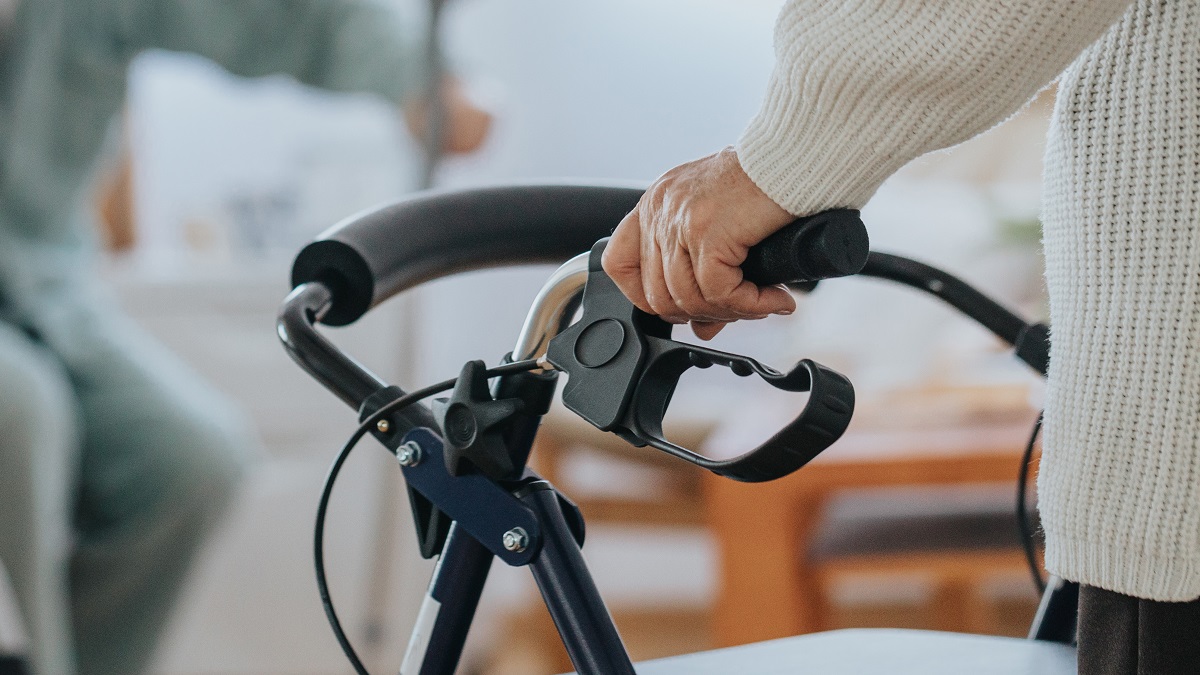We have embodied beings. All of us. But what then is distinct about the lived experience of pain? What is it like to have your life and choices filtered by pain, limited by pain, and yet be invisible to others? I will tell you what it is like. It sucks.
Yes, it sucks. There I said it. Like so many others with invisible disabilities I have danced, no, shuffled through life with this awesome mask of well-being on. This carefully constructed façade I wear so that I do not exhibit any of the pain behaviors that would make others know I am in fact in pain. There are so very many reasons why we create these masks. First of all, to look like I am suffering all the time, while accurate, makes other people uncomfortable and eventually doubtful. It makes me feel like I am a chronic complainer or whiner. It does not help and in fact, hinders my ability to function without it. It helps me repress that core emotional anguish we carry in us that we have to endure such things.
Click Here to Visit the Store and find Much More….
Masks crack sometimes and the pain shines through. Is it fair that we must endure such suffering while trying to work just to make other people comfortable? No. It sucks. The very fact that we feel compelled to mask our pain and try to live the life society and our families would like us to is ludicrous since we merely compound our own suffering to put others at ease. Are we not invisible enough without compounding it with our silence?
So I say it stops now. Say I am in pain and it sucks. Shout it out! ’We are in pain and we won’t stand for it anymore. Set up a protest at your doctor’s office and pelt doctors with empty prescription bottles. We will not be invisible. It is not our job to make others feel comfortable around our suffering, not when the world demands so much from us, thus not letting us at least minimize our pain. The definition of invisible is not non-existent. Non-existence means does not hold the trait of existence within and does not exist abstractly or concretely in the universe. Invisible simply means cannot be perceived visually. I thought that would be rather self-explanatory.
If you suffer from chronic pain I beg you to show it. To speak of it. Do not make yourself worse in order to ‘pass’ as normal. It never works. You cannot have ambition like others. You cannot set long-term goals like others. You cannot be a model employee, raise your family, and care for your home like others. Your whole existence is defined by the limitations and lived experience of pain. Own it, don’t let it own you.
I talk the talk, but I do not always walk the walk. I feel genuine outrage though that those of us with chronic pain, and invisible disabilities, are forced to suffer in silence. Does it really come as a surprise that depression is always ‘co-morbid’ with these conditions? A person would have to be mad, or a masochist, to endure such pain day after day, with little to no relief for an indeterminate amount of time, and be all cool with it. We are talking about pain that does not have an end date. Where pain is the status quo. Not pain that comes and goes, like a twinge in the old tennis elbow when it rains or a broken leg that can be healed.
Click Here to Visit the Store and find Much More….
Humans have an amazing capacity, with the right medication, to handle extreme pain for short durations. However, try mild to severe pain forever, without all the nice drugs, and see how that works for you. Not so fun then is it? Okay, pain is not fun no matter what, unless you are a masochist. I wish I were a masochist. Point is, that chronic pain is a form of torture and everybody breaks from torture eventually. I rather think we are entitled to a pity party once in a while. Rant and rave a few times a year. Maybe publicly shed a tear or two.
So let us explore all the various facets of the chronic pain existence through personal experience, humor, slices of real life, and some facts thrown in there just for fun. This is not to explain what certain conditions are… you can google that like everyone else. This is to delve into what it is like to be in chronic pain, to live in a pained body, and what an Invisible Disability really means. And this is the time to Blog our butts off because this is Invisibility Awareness time.
I have Fibromyalgia which is an Invisible disability because it involves chronic pain and symptoms that do not cripple or otherwise show themselves physically. Secondly, I have chronic migraines which drastically affect all aspects of my life but again are all about pain, which is subjective and therefore can be doubted by the outside observer. Because Fibromyalgia has in the recent past been doubted by doctors I have learned to minimize its effects on me because doctors were completely unwilling to help with it and I always got the impression they thought I was simply being dramatic if I dared to complain about my suffering. This habit has carried forward in my life and I do the same with chronic migraines. What I learned about suffering in silence was that it leads to frustration and isolation. Ironically what I learned from trying to fight for my rights as a person with a disability, and failing, was that it is really easy to try and kill yourself. And that there is a frequent concern for those of us with Invisible disabilities… risk of suicide. That is why spreading awareness of the cost of chronic pain is vital.

Click Here to Visit the Store and find Much More….
For More Information Related to Fibromyalgia Visit below sites:
References:
Fibromyalgia Contact Us Directly
Click here to Contact us Directly on Inbox
Official Fibromyalgia Blogs
Click here to Get the latest Chronic illness Updates
Fibromyalgia Stores

